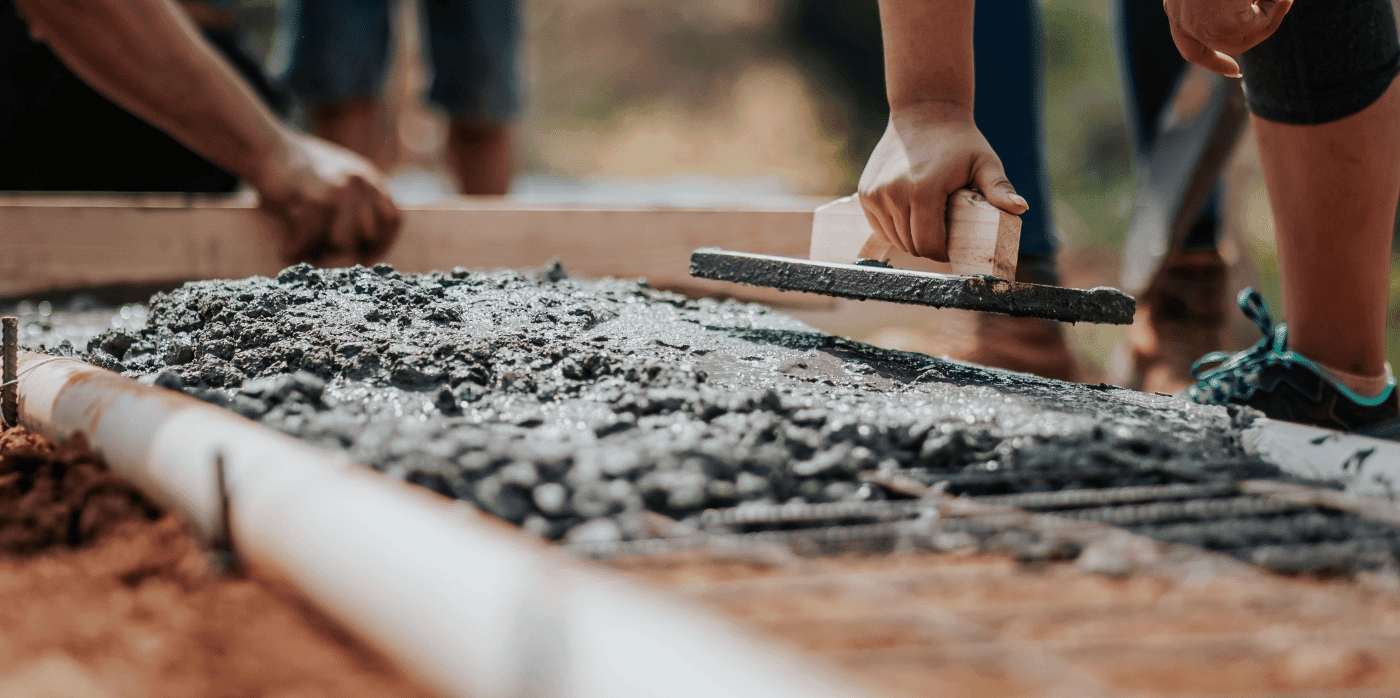
Spotted: Concrete is the second most-consumed substance in the world behind only water, and this popularity comes from its remarkable characteristics as a building material, which include strength, durability, versatility, and economy. However, it comes at a heavy environmental cost, with UK company Cemfree highlighting that the ubiquitous material currently accounts for around 25 per cent of the UK’s ‘embodied carbon’ from construction – the carbon emissions associated with building materials and construction processes.
To tackle the climate impact of concrete, Cemfree uses a proprietary Alkali-Activated Cementitious Material (AACM) to completely replace Portland cement (OPC) in concrete mixes. Typically, OPC is used to bind together the other concrete ingredients, including sand and aggregates, and is the main component that determines the overall properties of concrete infrastructure.
However, despite its usefulness, OPC is incredibly energy-intensive to produce. To make OPC, limestone is heated to temperatures as high as 1,450 degrees Celsius in huge kilns, which results in around one kilogramme of CO2 being emitted for every kilogramme of cement.
Cemfree’s AACM binder activates ‘pozzolanic’ materials – materials that acquire cement-like characteristics through chemical reactions – such as Ground Granulated Blast Furnace Slag (GGBS) and Pulverised Fly Ash (PFA). Both of these substances are waste products, the former from steelmaking and the latter from coal-burning. The company’s binder reacts with GGBS to form a solid mass that is comparable to, and can therefore replace, OPC.
This technology forms the basis of three products: the company’s original Portland cement alternative, Cemfree Optima, as well as two follow-on products Cemfree Rapid and Cemfree Ultra. The company’s materials have already been used in a wide range of projects from a railway station to the Thames Tideway, with Cemfree’s staff working in collaboration with project experts to deliver a process that meets the project’s particular demands.
Concrete is a classic ‘hard-to-abate’ industry and Springwise’s library contains a range of innovations tackling concrete’s climate impact. These include electrified cement production, the use of AI to design out excess concrete, and an AI platform for optimising concrete recipes.
Written By: Matthew Hempstead

